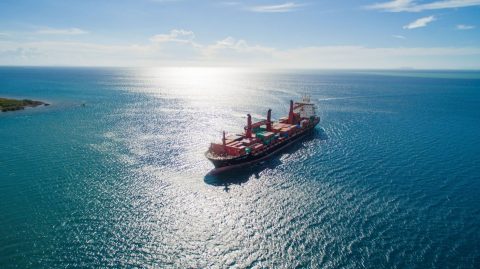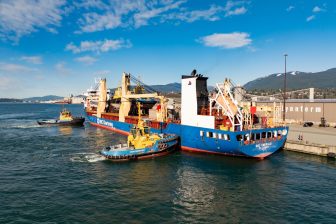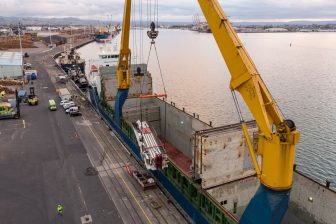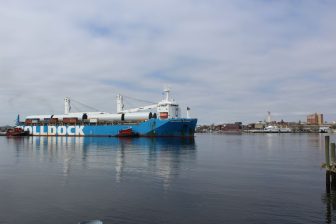
Container liners turn to multipurpose vessels in search of capacity
Container liners are chartering multipurpose vessels to close supply gaps as demand peaks and rates soar. “The dearth of cellular container tonnage in the charter market is forcing some carriers to tap into the multipurpose market to cover their needs”, reports shipping analyst Alphaliner.
The firm added that the liners are looking for fast vessels with high container intake. South Korean carrier Hyundai Merchant Marine (HMM) has fixed the 30,000 dwt Zeaborn-owned vessel MPV Thalia, which can carry 1,888 twenty-foot containers (TEU), with a similar vessel set to join the company’s network soon. As of next month, Zeaborn will also charter the MPV Clio to Indonesian shipping line Samudera, which operates several intra-Asia container routes. Other multipurpose carriers are said to be offering their ships to the container liners as well.
Supply gap
The container liners are experiencing a strong rebound in demand, which has created a shortage of supply and caused freight rates to soar. French carrier CMA CGM saw its third-quarter net profit rise 13-fold from USD 45 million last year to USD 567 million now on the back of strong demand and lower costs.
While CMA CGM’s volume only increased by 1% to 5.59 million TEU, the revenue of the company’s shipping business increased by 6.3% to USD 6.5 billion as a result of higher freight rates. Coupled with lower fuel costs and other cost reductions, the gross profit of CMA CGM’s shipping business soared by 76.1% to USD 1.5 billion.
“In a favourable market environment for our industry, the group reported very strong financial and operating performances. Our shipping activity has seen a significant increase in volumes transported compared to the second quarter of 2020, and CEVA’s transformation plan starts to bear fruit. This crisis has also demonstrated the solidity of our business model and demonstrated the relevance of our strategy, combining logistics solutions with transport offering”, commented CEO Rodolphe Saadé.
Probe
Following complaints from shippers about the lack of available containers, the Federal Maritime Commission (FMC) in the United States has launched a probe into the liner activity.
The Commission will investigate if the practices of the major container liners related to detention and demurrage, container return, and container availability for export cargoes violate U.S. legislation.
“The Commission has a compelling responsibility to investigate the situations that currently exist in our major port gateways. The Commission is concerned that certain practices of ocean carriers and their marine terminals may be amplifying the negative effect of bottlenecks at these ports and may be contrary to provisions in the Shipping Act of 1984”, the FMC states in a release.
The authority added that the potentially unreasonable practices of carriers in the Ports of Los Angeles, Long Beach and New York/New Jersey present a serious risk to the ability of the United States to handle trade growth.
You just read one of our premium articles free of charge
Register now to keep reading premium articles.




